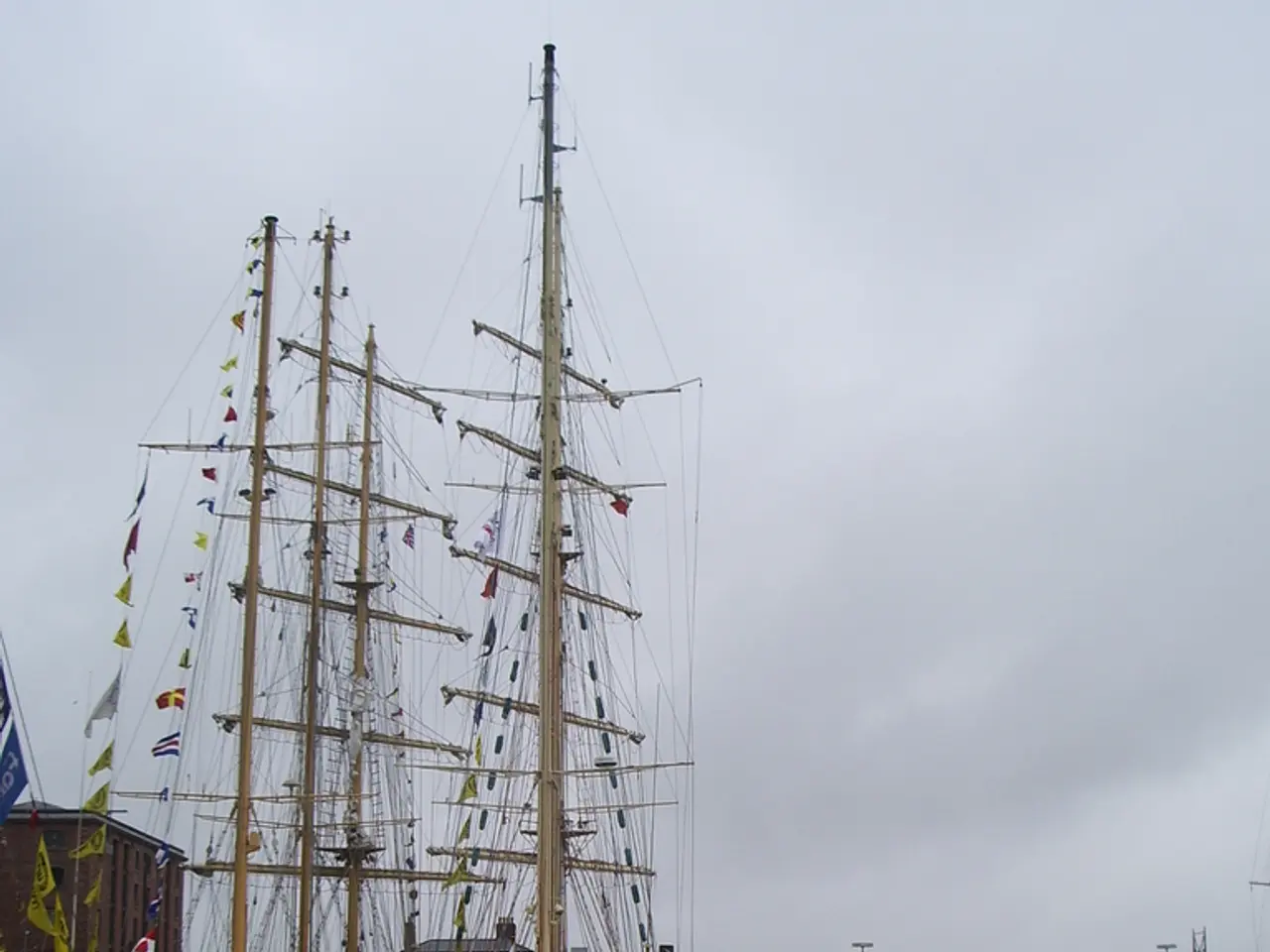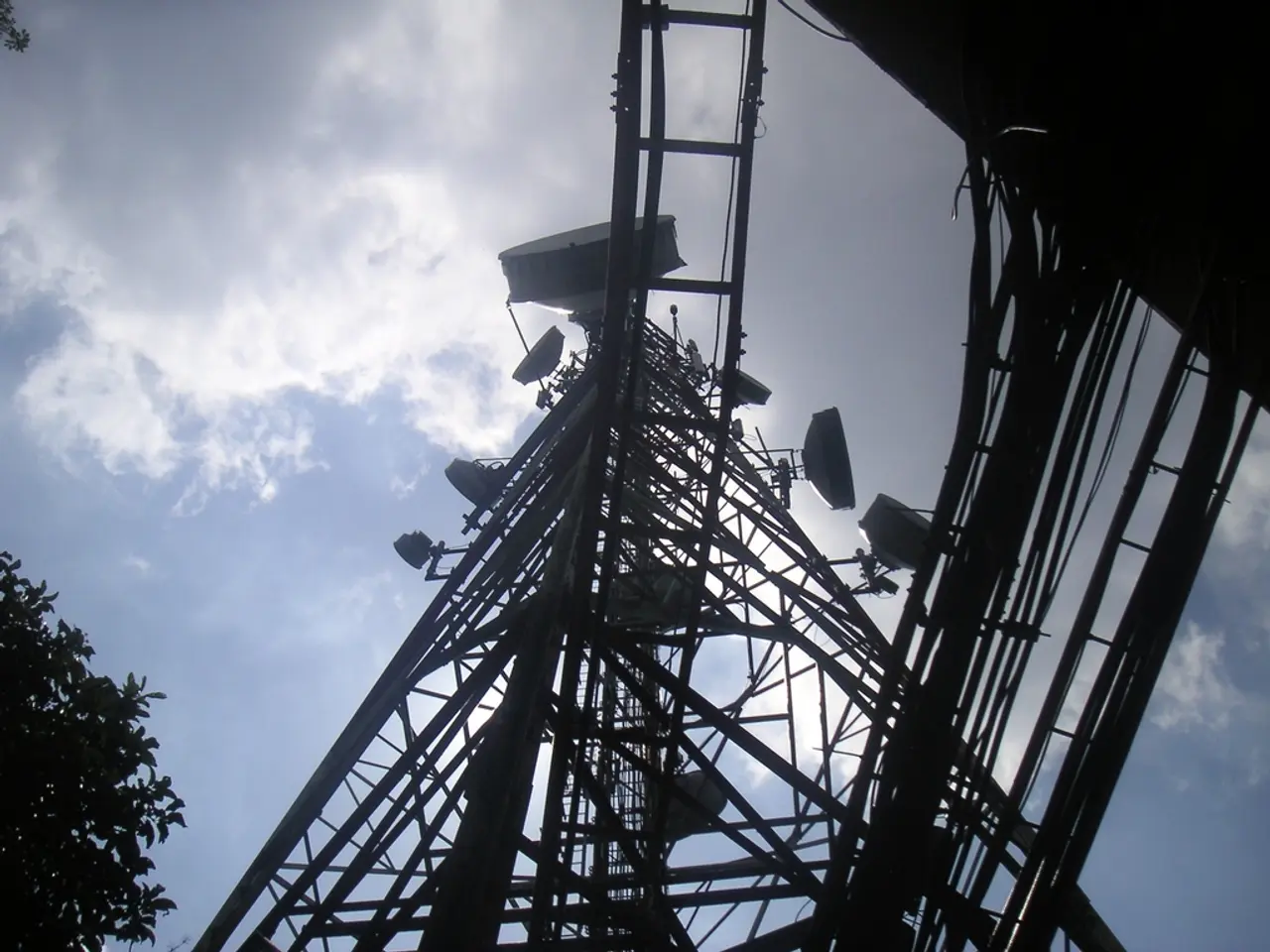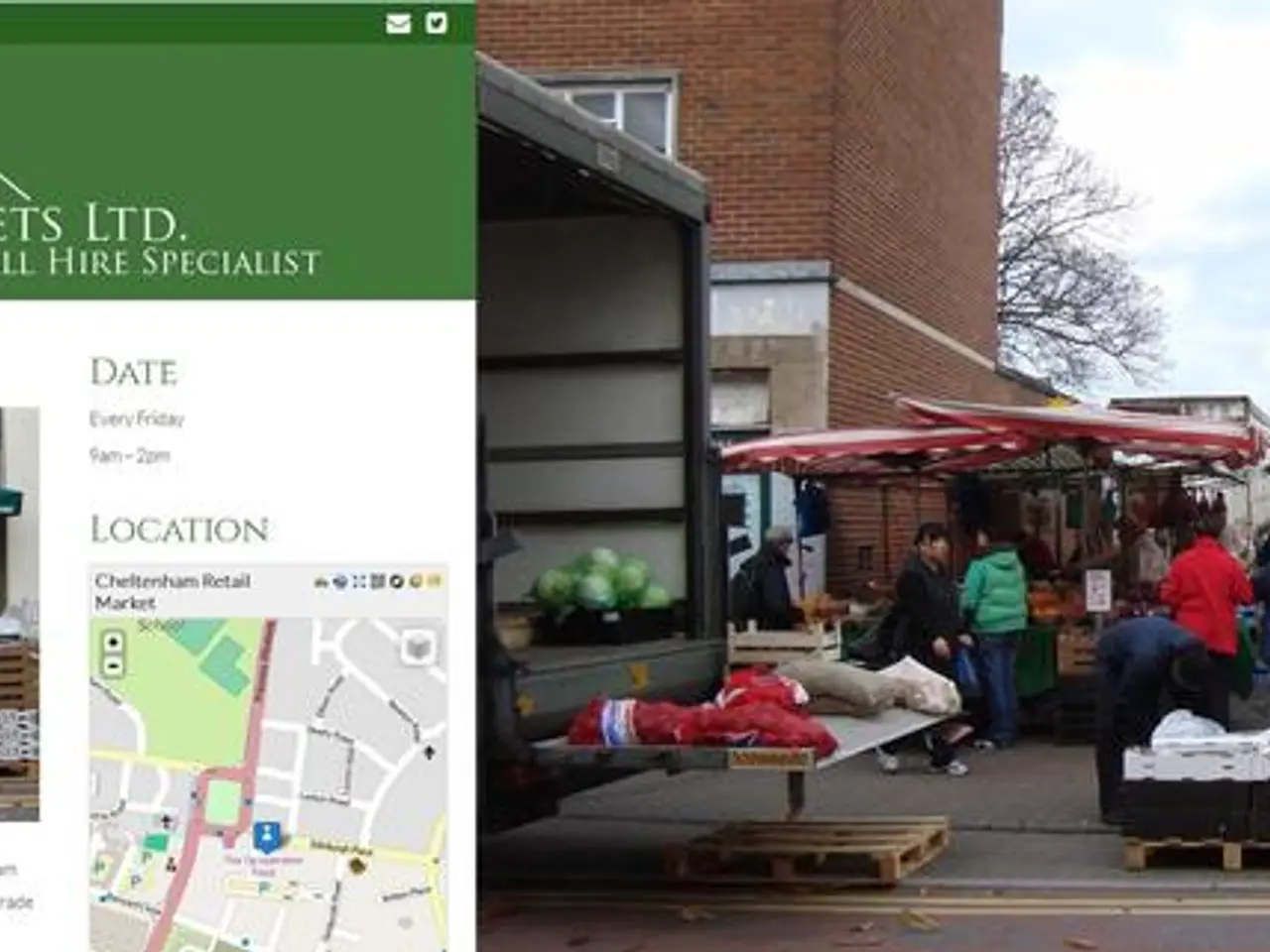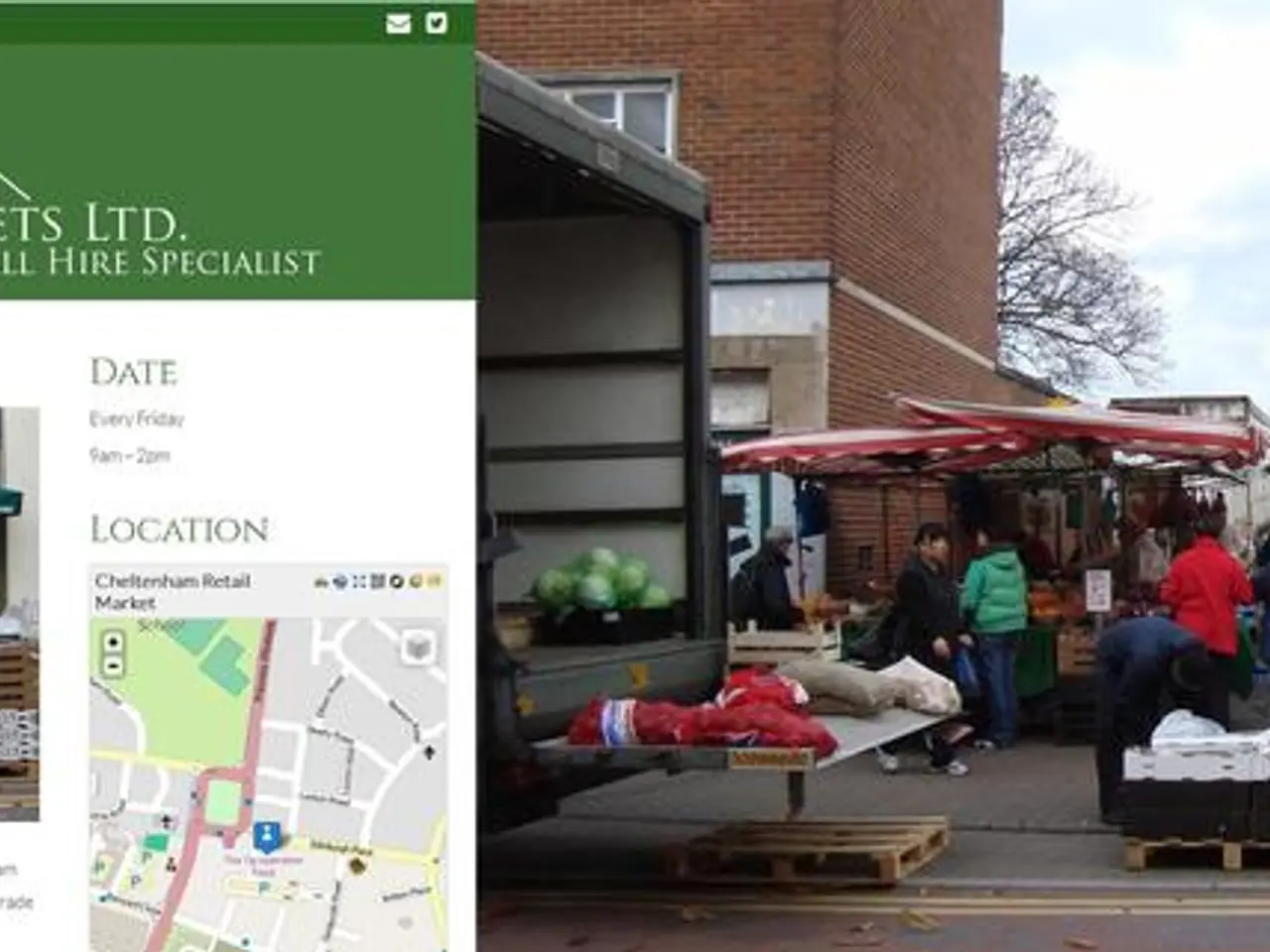Controlling the precision of depth readings and echo intensity measurements from multibeam sonar systems in the marine environment: The Kwinte region in the North Sea's Belgian territory
The Kwinte reference area, situated 17 km off the Belgian coast in the gulley between two sandbanks, has emerged as a significant site for quality control and calibration of multibeam echo sounder (MBES) data. This region, included in the Belgian Marine Spatial Plan, is designated as an area where seabed disturbing activities are prohibited, ensuring its preservation for research purposes.
The Kwinte area's flat terrain, with slope breaks affecting its southern part and small to medium dunes in the NW part, makes it an ideal location for verifying compliance of bathymetric data with International Hydrographic Organization (IHO) hydrographic standards. This reliability makes it a valuable reference zone for surveyors and researchers to compare and calibrate their MBES measurements against known, standardized benchmarks, ensuring that their data meets recognized quality criteria.
The region is dominated by rounded and irregular hills and depressions of decimetric height in the SE part. MBES measurements at 300 kHz are systematically carried out in the Kwinte area as part of the monitoring of the environmental impact of sand extraction in the Belgian part of the North Sea.
To maintain the accuracy and consistency of the measurements, a systematic measurement of the MBES BS of the Kwinte sub area during each survey campaign is necessary. This systematic approach helps in taking into account the instrumental variation of the BS linked to fluctuations in seawater temperature.
The calibration ensures the intercomparability of BS from different MBESs acquired with similar frequencies. The calibration corrections to the MBES BS data correspond to the differences between the MBES measurements and the reference mean ARC from the calibrated SBES EK80. Beam pattern correction is included in the BS correction values relative to the mean reference ARC. A flattening correction is also applied to the calibrated BS corrected for the beam pattern.
In 2023, a collaborative effort with Ifremer (France) on board the HV Sirius enabled the acquisition of reference BS angular responses by employing a single-beam echo sounder (SBES) that had undergone meticulous calibration using reference spheres prior to deployment. Cross-calibration of BS data allows data from different MBES to be considered within the same time series.
The sedimentary cover of the Kwinte reference area consists of gravelly sand (gS) and sandy gravel (sG) with a high carbonate content exceeding 15 %. Over a period of 10 years, the Kwinte area shows neither significant accretion nor erosion of the seabed. The resulting calibrated BS, corrected for the beam pattern and for the angular response, can be used as a basis for acoustic classification and seabed habitat mapping. The BS calibrated and corrected for the beam pattern keeps the BS angular dependence, which is related to the seabed's characteristics.
In conclusion, the Kwinte reference area serves as a vital site for quality control and calibration of MBES data, providing a reliable and accessible reference zone for researchers and surveyors in the North Sea.
The Kwinte area's unique geographical features and stable seabed conditions make it a suitable location for various scientific research, including environmental science, space-and-astronomy, and lifestyle studies, given its preservation for research purposes. The calibrated and corrected MBES data from the Kwinte reference area can be applied to technology fields such as investing, business, and sports, providing essential information for the management and protection of the North Sea's environment.
The reliability of the MBES measurements in the Kwinte area enables researchers to analyze and compare their data with recognized quality criteria, ensuring that their research contributes accurately to scientific advancements in multiple disciplines. The calibration and corrections applied to the MBES data in the Kwinte reference area also facilitate the intercomparability of data from different MBES systems, enhancing the collaboration and comparison between researchers in the field.
The periodic calibration and cross-calibration of the MBES data in the Kwinte area contribute to improved accuracy and consistency, allowing for a better understanding of the region's environmental changes over extended periods. The calibrated MBES BS can be used for various applications in the scientific community, from the biological and medical-conditions studies of marine organisms to the development of innovative technology solutions for the economic sectors like finance and business.
The Kwinte reference area serves as a cornerstone for the advancement of multiple scientific disciplines, providing a valuable resource for researchers and industry professionals alike. The continued maintenance and protection of the area ensure its continued relevance and significance to the various scientific and economic sectors that benefit from its data.
In the future, collaborative efforts between institutions, such as the one with Ifremer (France) on board the HV Sirius, will remain essential for the advancement of hydrographic survey techniques and the enhancement of the quality and accuracy of MBES data, contributing to the development of environmental-science and various industries, including sports, finance, and technology.




